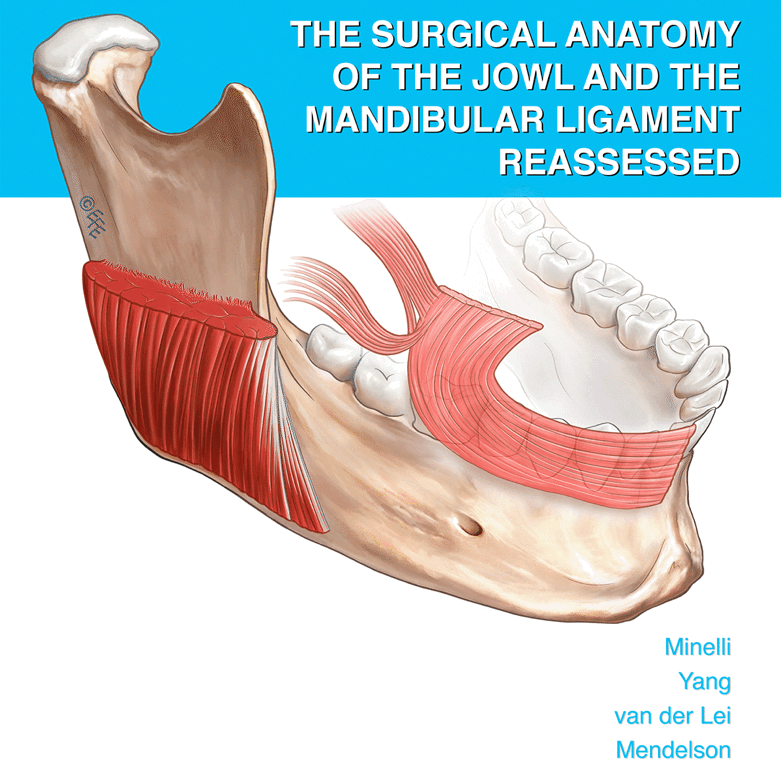Abstract
There are many causes of septal injury or saddle nose. A variety of materials like autografts or exogenous ones have been used for reconstruction. Cartilage grafts are usually used for reconstruction. The reconstruction material should be strong enough to reshape the nose but also easy to reshape (cut or crop) and the cartilage should be thick enough to allow cosmetic shaping. A new technique for total septal reconstruction is presented in this paper. From the experience of these three cases. The method described here has two significant advantages. This method provides better stability and strength and also allows for easy reshaping or cropping of the cartilage, it seems to be an easier method to reconstruct the septum with good results.





Similar content being viewed by others
References
Pribitkin EA, Ezzat WH (2009) Classification and treatment of the saddle nose deformity. Otolaryngol Clin North Am 42:437–461
Schreiber BE, Twigg S, Marais J, Keat AC (2014) Saddle-nose deformities in the rheumatology clinic. Ear Nose Throat J 93:45–47
Parker Porter J (2000) Grafts in rhinoplasty: alloplastic vs. autogenous. Arch Otolaryngol Head Neck Surg 126:558–561
Adamson PA (2000) Grafts in rhinoplasty: autogenous grafts are superior to alloplastic. Arch Otolaryngol Head Neck Surg 126:561–562
Taştan E, Yücel ÖT, Aydin E, Aydoğan F, Beriat K, Ulusoy MG (2013) The oblique split method: a novel technique for carving costal cartilage grafts. JAMA Facial Plast Surg 15:198–203
Tastan E, Sozen T (2013) Oblique split technique in septal reconstruction. Facial Plast Surg 29:487–491
Zemek A, Garg R, Wong BJ (2010) Model for estimating the threshold mechanical stability of structural cartilage grafts used in rhinoplasty. Laryngoscope 120:1089–1093
Jung DH, Choi SH, Moon HJ, Chung IH, Im JH, Lam SM (2004) A cadaveric analysis of the ideal costal cartilage graft for Asian rhinoplasty. Plast Reconstr Surg 114:545–550
Neu BR (2000) Segmental bone and cartilage reconstruction of major nasal dorsal defects. Plast Reconstr Surg 106:160–170
Lopez MA, Shah AR, Westine JG, O’Grady K, Toriumi DM (2007) Analysis of the physical properties of costal cartilage in a porcine model. Arch Facial Plast Surg 9:35–39
Russell MD, Kangelaris GT (2014) Comparison of L-strut preservation in endonasal and endoscopic septoplasty: a cadaveric study. Int Forum Allergy Rhinol 4:147–150
Conflict of interest
No conflict of interest.
Author information
Authors and Affiliations
Corresponding author
Rights and permissions
About this article
Cite this article
Kemal, O., Urgan, H. Keylock system: a new, strong, and easy mechanism for nasal reconstruction. Eur Arch Otorhinolaryngol 272, 2351–2353 (2015). https://doi.org/10.1007/s00405-014-3365-z
Received:
Accepted:
Published:
Issue Date:
DOI: https://doi.org/10.1007/s00405-014-3365-z




